Cultural Experience
Hunan Province
Hunan Province located at the south of Dongting Lake is also called “the Kingdom of Hibiscus” due to the widely planted hibiscus. It is to the south of Yangtze River and to the north of Guangdong Province, with a population of 65.68 million, covering an area of 211.8 thousand square kilometers. Its capital, Changsha, is a famous cultural city in history.
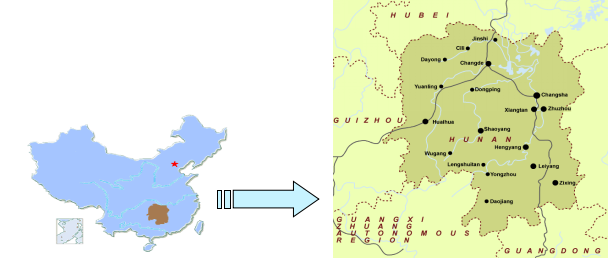
Changsha
| 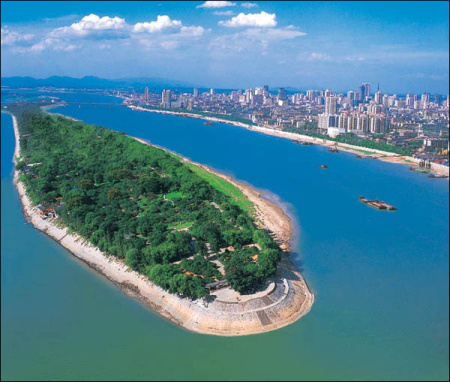 |
Hunan University
| 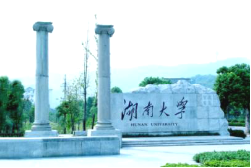 |
Yuelu Academy
| 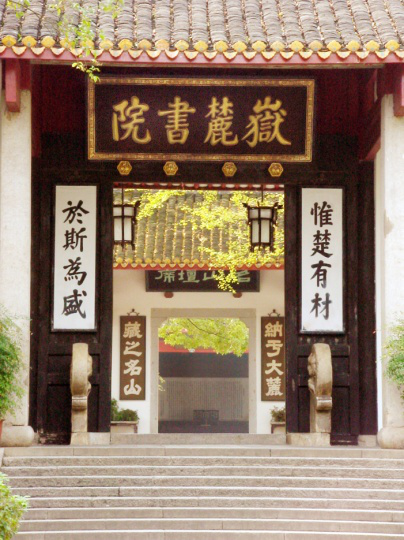 |
Orange Island
Orange Island, located at the heart of Xiang Jiang River, is an alluvial island and also the world’s biggest inland island. The widest place of the island is 140 meter and the narrowest place is 40 meters, in a shape of long island which Changsha got its name from. Orange Island is also the Chinese AAAAA Tourist Zone and National Key Scenic Spot. In order to make Changsha an internationally renowned cultural City, the Municipal Committee and Government have been arranging the Firework Show on the island in the Weekends since 2010.
Zhangjiajie
Zhangjiajie is a prefecture-level city in the northwestern part of Hunan province, People's Republic of China. It comprises the district of Yongding and counties of Cili and Sangzhi. Within it is located Wulingyuan Scenic Area which was designated a UNESCO World Heritage Site in 1992 as well as an AAAAA scenic area by the China National Tourism Administration. The city itself was previously named Dayong, and has a recorded history dating back to 221 BC. Humans lived here along both banks of the Lishui River (the mother river in Zhangjiajie), now within the boundaries of Zhanagjiajie City, very early during the Stone Age. Human settlement in this region dates back 100,000 years, rivaling such famous sites as Xi’an, Beijing and others. In 1986, the Academy of Chinese Social Science discovered Stone Age relics in Cili County, unearthing 108 articles of stoneware; mostly tapered-form, hacked-tamped and plate-shaped works. According to archaeological experts’ textual research, all of these wares were produced about 100,000 years ago. Shortly thereafter, in 1988, the Archaeological Institute of Hunan Province found other relics in Sangzhi County, including three pieces of stoneware which were estimated to have been fashioned over 100,000 years ago. | 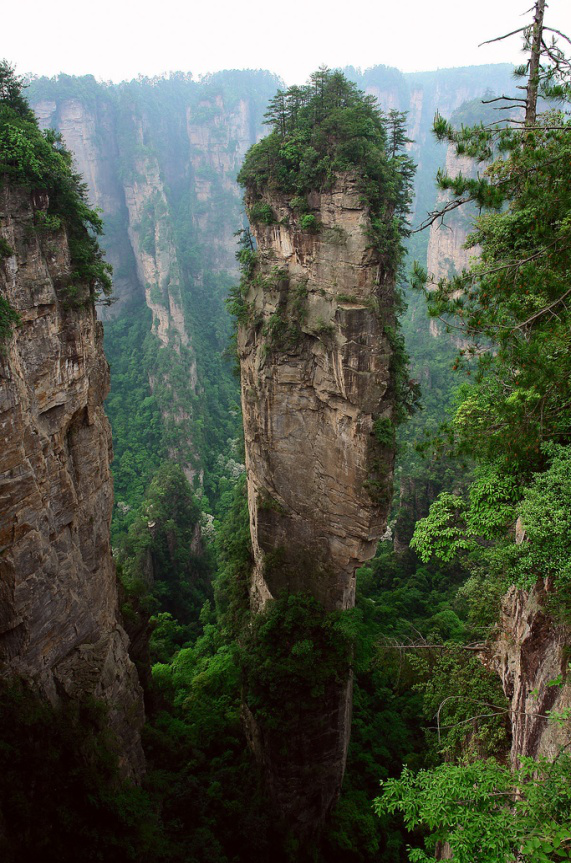 |
Tongguan Kiln Relics
| Changsha Tongguan Kiln Relics has been aiming at excavating the advantages of cultural relics, making a internationally renowned village of tourism. The Relics are authorized by National Historical Relics Bureau as Changsha Tongguan Kiln Relics Park as the only national relics park in Hunan Province. | 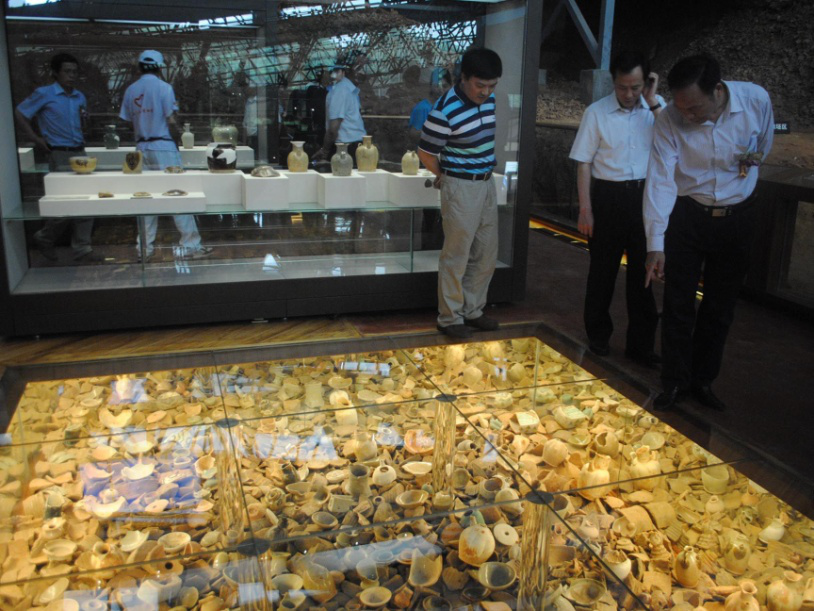 |
Jinggang Acient Town
Ancient Bay of Changsha, oldest and glorious ancient town, Chinese National AAAA tourist spot



